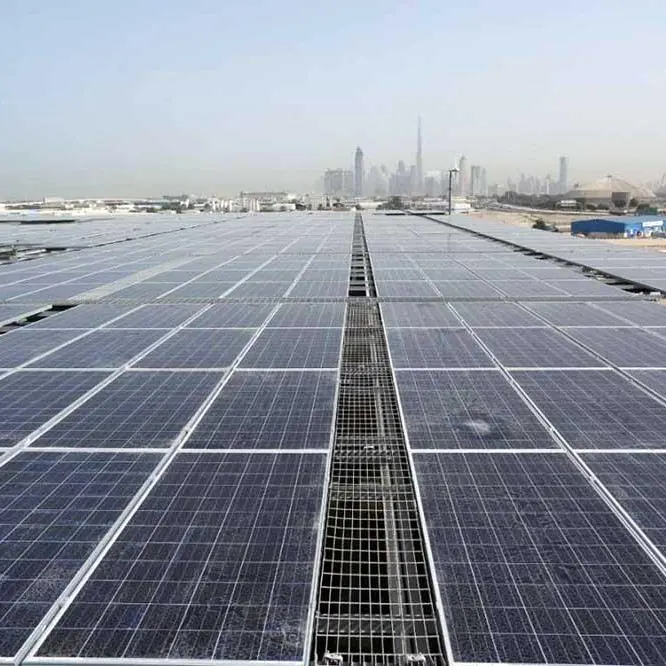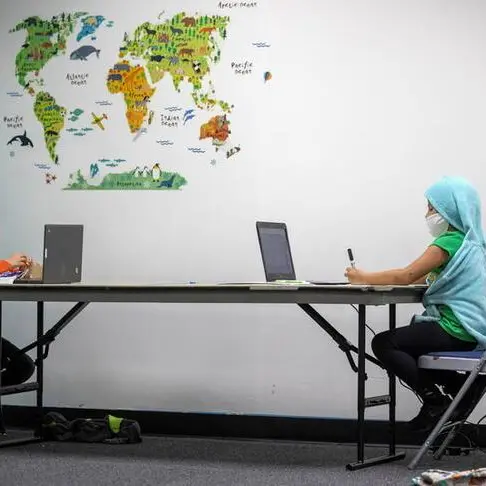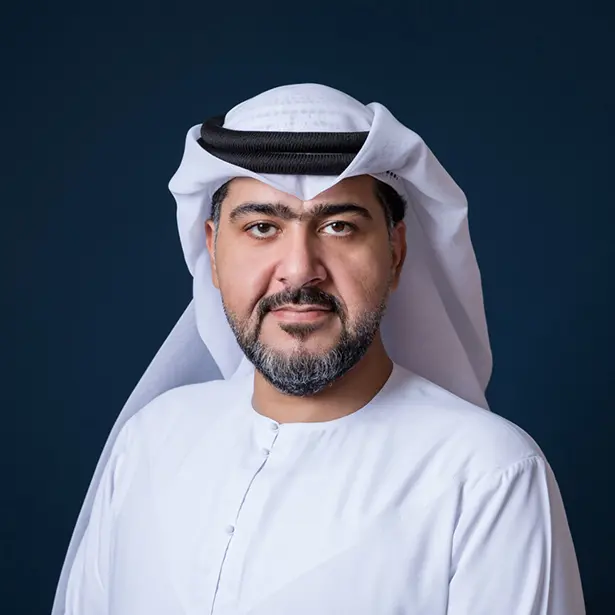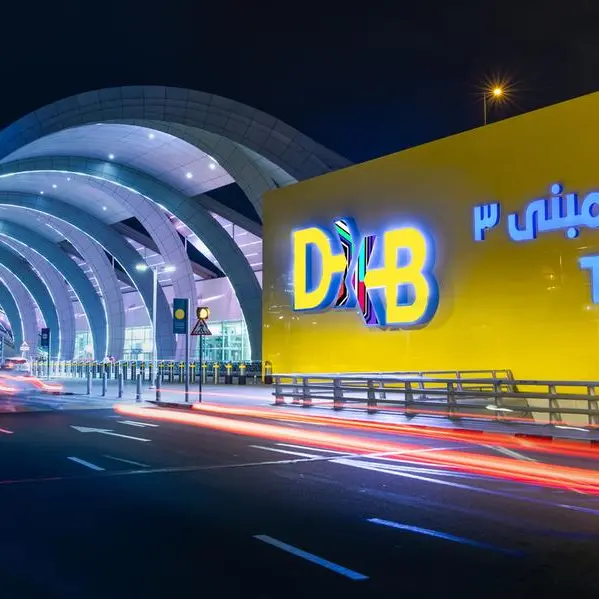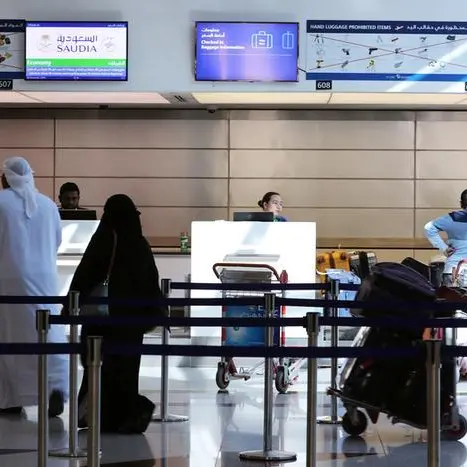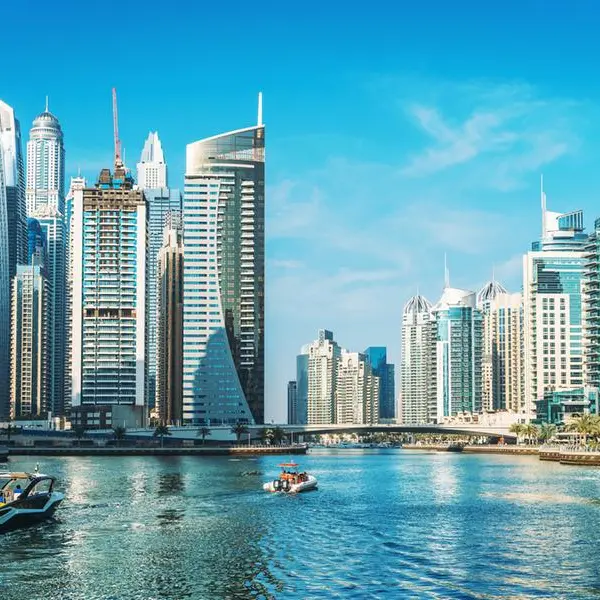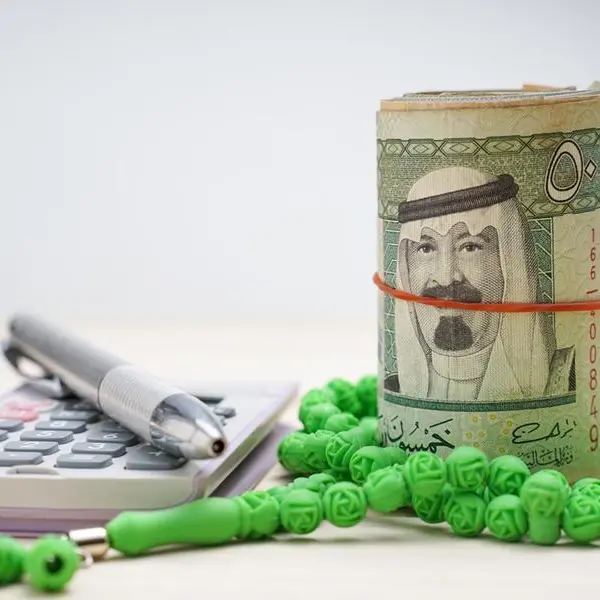PHOTO
The insurance market in the United Arab Emirates (UAE) continued to grow last year, but only as a result of growth in the Islamic insurance (takaful) market, according to consultancy firm Miliman.
Presenting the findings of the firm’s UAE Insurance Industry report at the World Takaful and Insurtech conference in Dubai on Monday, Safder Jaffer, managing director and principal of Miliman, said that gross written premiums of the 30 publicly-listed conventional and Islamic insurance firms edged up marginally by 0.5 percent to 21.9 billion UAE dirhams ($5.96 billion) in 2018, up from 21.8 billion dirhams in 2017.
“But looking at conventional versus takaful, that 0.5 percent growth would not have been there - it would have been negative had it not been for the takaful industry,” Jaffer said.
He said that total gross written premiums from takaful firms increased by 6 percent to 3.7 billion dirhams, up from 3.5 billion dirhams in 2017.
Takaful firms also managed to remain profitable in 2018, for the second year in a row, bolstered by earlier changes setting minimum pricing for motor insurance and the Dubai Health Authority’s introduction of mandatory insurance for workers in the emirate.
Overall market profitability for listed takaful firms in the UAE declined by 6 percent to 134 million dirhams, Jaffer said, which was in contrast to the 8.5 percent net profit growth achieved by conventional firms, to almost 1.4 billion dirhams.
Islamic insurance firms still enjoyed a slightly higher return on equity, though. Jaffer said takaful firms saw return on equity nudge higher to 10 percent, up from 9 percent in 2017, but overall return on equity for the 30 conventional and Islamic firms stood at 8.4 percent last year – a marginal increase on the 8 percent achieved in 2017.
Jaffer told the event that takaful firms still face a number of challenges, such as a heavy reliance on motor and medical revenues, a lack of differentiation in terms of products with conventional insurers, a lack of skills and a crowded marketplace with “too many players out there”.
“There's been a lot of activities in the market across the region, but no major development as far as M&A is concerned,” he said.
Jaffer said that the total size of the takaful market stood at around $20 billion globally, with Saudi Arabia generating around $10 billion of this and the UAE a further $3-3.5 billion.
In a keynote address to the same conference, Abdulla Mohammed Al Awar, CEO of the Dubai Islamic Economy Development Centre (DIEDC), said that although there were around 324 takaful operators globally, “if you probe a little more you will realise that the size is still very small compared to the Islamic finance industry”.
The State of the Dubai Islamic Economy 2018/19 report published jointly by DIEDC and Thomson Reuters in October last year put the overall size of the Islamic Finance market at $2.44 trillion.
“There is a lot of room for growth in this sector,” Al Awar said.
(Reporting by Michael Fahy; Editing by Mily Chakrabarty)
Our Standards: The Thomson Reuters Trust Principles
Disclaimer: This article is provided for informational purposes only. The content does not provide tax, legal or investment advice or opinion regarding the suitability, value or profitability of any particular security, portfolio or investment strategy. Read our full disclaimer policy here.
© ZAWYA 2019


